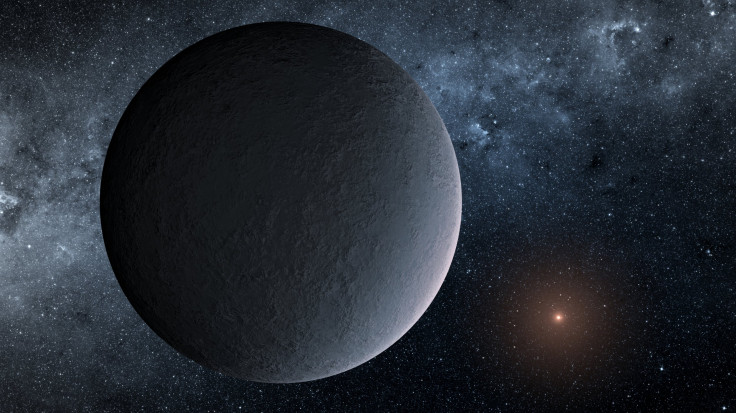AI Cuts Down Search Time For Exoplanets From Months To Fraction Of A Second

Gravitational lensing i.e. the process of taking images of distant objects in space when it is distorted by the gravity of larger objects in front of it is a concept that helps scientists discover exoplanets, understand the evolution of distant galaxies, spot super bright galaxies and detect black holes.
Deciphering these images, involving comparing real and simulated images can take months.
But image-recognition based artificial intelligence might majorly speed up this process, and an AI-based neural networks developed by researchers from Stanford University can do this analysis in seconds.
“Analyses that typically take weeks to months to complete, that require the input of experts and that are computationally demanding, can be done by neural nets within a fraction of a second, in a fully automated way and, in principle, on a cell phone’s computer chip,” said Laurence Perreault Levasseur, co-author of the study titled “Uncertainties in Parameters Estimated with Neural Networks: Application to Strong Gravitational Lensing."
The networks was in less than a day using half a million simulated lensing images.The team tested four different types of images with almost the same precision that exists with traditional methods of taking such images.
Not just that, the networks can also determine the uncertainties present in such analyses.
Phil Marshall, one of the researchers associated with the project, explained the networks in a video using a wineglass.
"The amazing thing is that neural networks learn by themselves what features to look for," Phil Marshall stated in the press release. "This is comparable to the way small children learn to recognize objects. You don't tell them exactly what a dog is; you just show them pictures of dogs.”
The neural networks not only recognize images, but also return with metrics such as distance, mass etc.
With the advent of advanced lenses capable of taking increasingly complex images, AI-based neural networks can actually be very helpful in image analysis. Not just that, the image analysis proposed by the study doesn’t even require supercomputers – it can be done on any laptop or smartphone since it does not need too much processing power.
“Neural nets have been applied to astrophysical problems in the past with mixed outcomes. But new algorithms combined with modern graphics processing units, or GPUs, can produce extremely fast and reliable results, as the gravitational lens problem tackled in this paper dramatically demonstrates. There is considerable optimism that this will become the approach of choice for many more data processing and analysis problems in astrophysics and other fields,” Roger Blandford, a researcher who works on astronomical research, but wasn’t associated with the research, said in the press release.
The ability to sift through large amounts of data provides AI a definite advantage over human researchers and this makes it ideal not just for corporate usage, but even research-based fields including astronomical research and medical research.
© Copyright IBTimes 2024. All rights reserved.





















